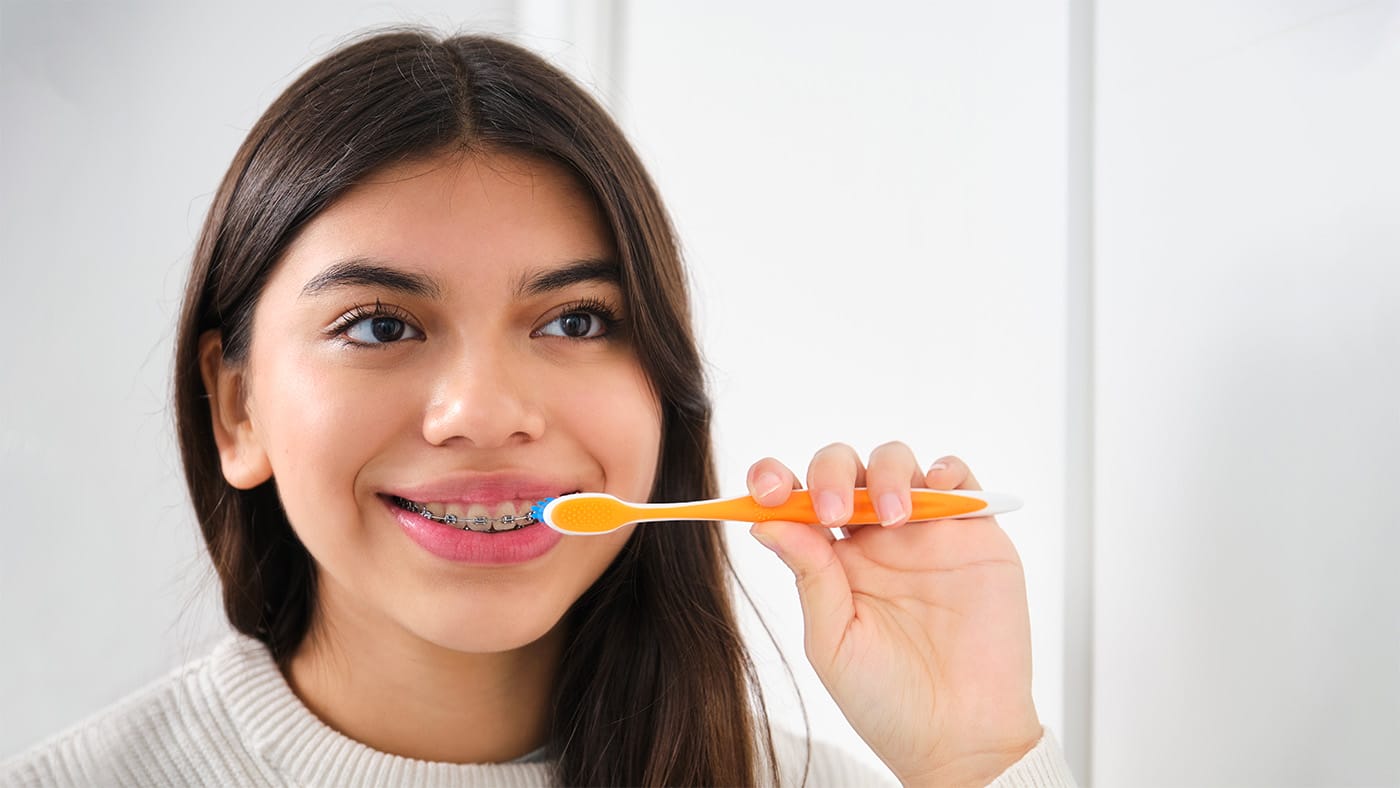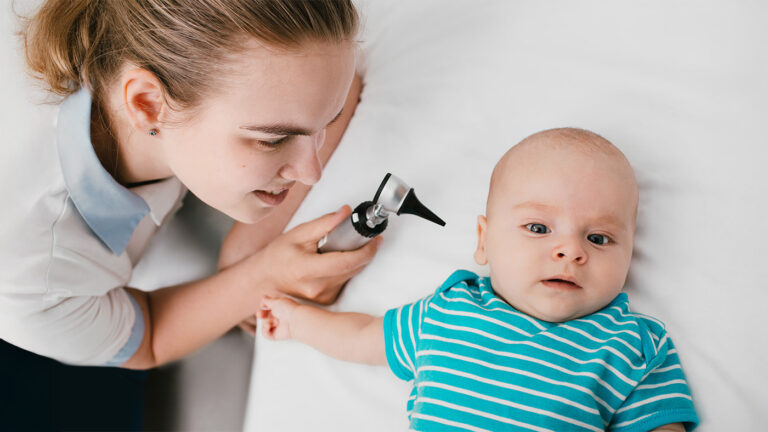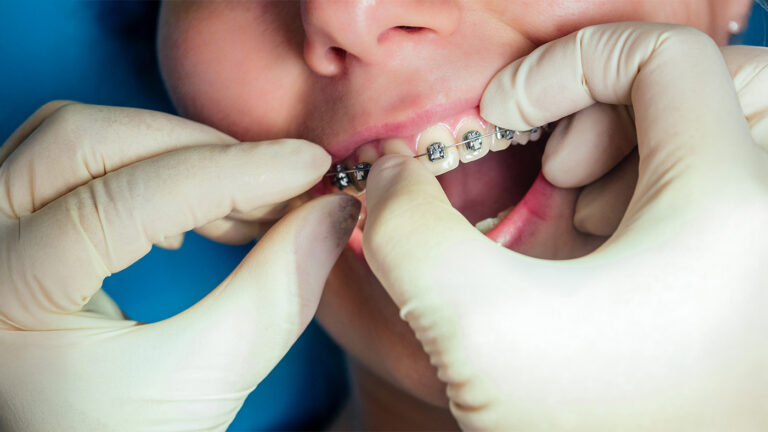As if getting your kids to brush their teeth wasn’t hard enough, brushing with braces adds another layer to keeping that smile healthy and bright. With brackets, wires, and bands creating extra spaces for food and plaque to hide, maintaining good oral hygiene becomes even more important, but can also be a bit more challenging. Children and teenagers with braces require a more thorough brushing routine to prevent cavities, gum inflammation, and permanent staining around the brackets. All of a sudden, brushing isn’t just about keeping their braces clean but about protecting the healthy smile that’s being straightened underneath.
Brushing at least twice a day and flossing at least once is foundational for everyone’s lifelong dental health, but it’s more important than ever while wearing braces. Throughout the day, plaque builds up on our teeth and settles into the nooks and crannies. Regular brushing removes plaque before it can harden into tartar, leading to stains, cavities, tooth decay, and gum disease. In severe cases, poor dental hygiene during orthodontic treatment can result in permanent scarring on your child’s teeth. Fortunately, with the right techniques and a commitment to daily brushing, your child will have the smile of their dreams in no time.
9 Tips to Help Kids Keep Their Teeth Clean With Braces
1. Stick to Your Routine
Make sure your child brushes their teeth every morning and every night, at a minimum. With braces in the mix, it’s also a good idea to brush after snacks and meals, whenever possible. Frequent brushing is one of your best tools against tartar buildup, because even if something gets missed in the morning, it’s unlikely to linger long enough to cause problems.
2. Create a Brushing Station
The more convenient you can make brushing for your child, the more likely they are to brush their teeth properly. Stock up on everything your child will need and keep it all in one place. In addition to a toothbrush, toothpaste, and dental floss, your child may also benefit from a floss threader, interproximal brushes, mouthwash, and a Waterpik. Kids can use either a manual or electric toothbrush according to their preference, but make sure to replace the brush or head at least every three months or at the first signs of wear, whichever comes sooner. When it comes to toothpaste, the American Association of Orthodontists recommends fluoride toothpaste without any whitening agents.
3. Use Proper Brushing Technique
Make sure your child removes any elastics, bands, or other removable parts of their orthodontic appliance, if applicable, before brushing. Hold the brush at a 45-degree angle and brush along the gumline. Brush the fronts of the teeth, including the front face of each bracket. Then, brush the top and bottom of each bracket, angling the brush so the bristles reach into the corners between the bracket and the tooth. Don’t forget to brush the back of the teeth and the back gumline, as well.
4. Take Your Time
Brushing with braces takes longer than brushing without them. The general wisdom is to brush for two minutes twice a day. When wearing braces, it takes a little more time to clean your teeth, especially at the beginning when your child is getting used to the process. Make sure they spend at least ten seconds with each tooth, brushing every surface.
5. Rinse
Start and end each brushing session with a rinse. Have your child rinse with water before brushing to help loosen any food that may be stuck in their brackets, wires, or between their teeth. Rinse with fluoride mouthwash after brushing to remove any debris that may have been missed.
6. Floss
Daily flossing helps keep your child’s smile on track during orthodontic treatment. Since traditional floss can’t easily slide between wires, using a floss threader, orthodontic flosser, or water flosser can make the process much easier and more effective. Be sure your child flosses between every tooth, all the way to the gum, using a back-and-forth motion.
7. Clean On-the-Go
Brushing after snacks and meals can be difficult when your child is away from home, especially without the proper tools. Disposable interproximal brushes and orthodontic flossers can be purchased in bulk and kept in a backpack or bag. They’re great for getting into hard-to-reach places between teeth and between the brackets and wires. When all else fails, swishing with water after eating helps to remove debris and harmful bacteria until your child can get home and brush their teeth.
8. Check Their Work
Inspect your child’s teeth for plaque after brushing. If needed, don’t hesitate to have your child brush again. If you’re unsure whether your child’s brushing is effective, you can try disclosing tablets or solutions. They use vegetable-based dyes to highlight plaque hiding in the nooks and crannies of your teeth and dental appliances. They can identify trouble areas where your child needs to spend extra time brushing.
9. Keep Your Appointments
You’ll be at the orthodontist every six to ten weeks for regular checkups and adjustments to your child’s braces. It’s also important to maintain regular dental visits at least twice a year. While the orthodontist focuses on how your child’s mouth is changing over time, the dentist will evaluate your child’s overall dental health. Together, regular dental and orthodontic checkups can identify and address any issues early, keeping your child’s teeth healthy. Your pediatric dentist and orthodontist can also evaluate the effectiveness of your child’s brushing and provide guidance where needed. If you have any questions before, during, or after orthodontic treatment, we’re always here to help!




